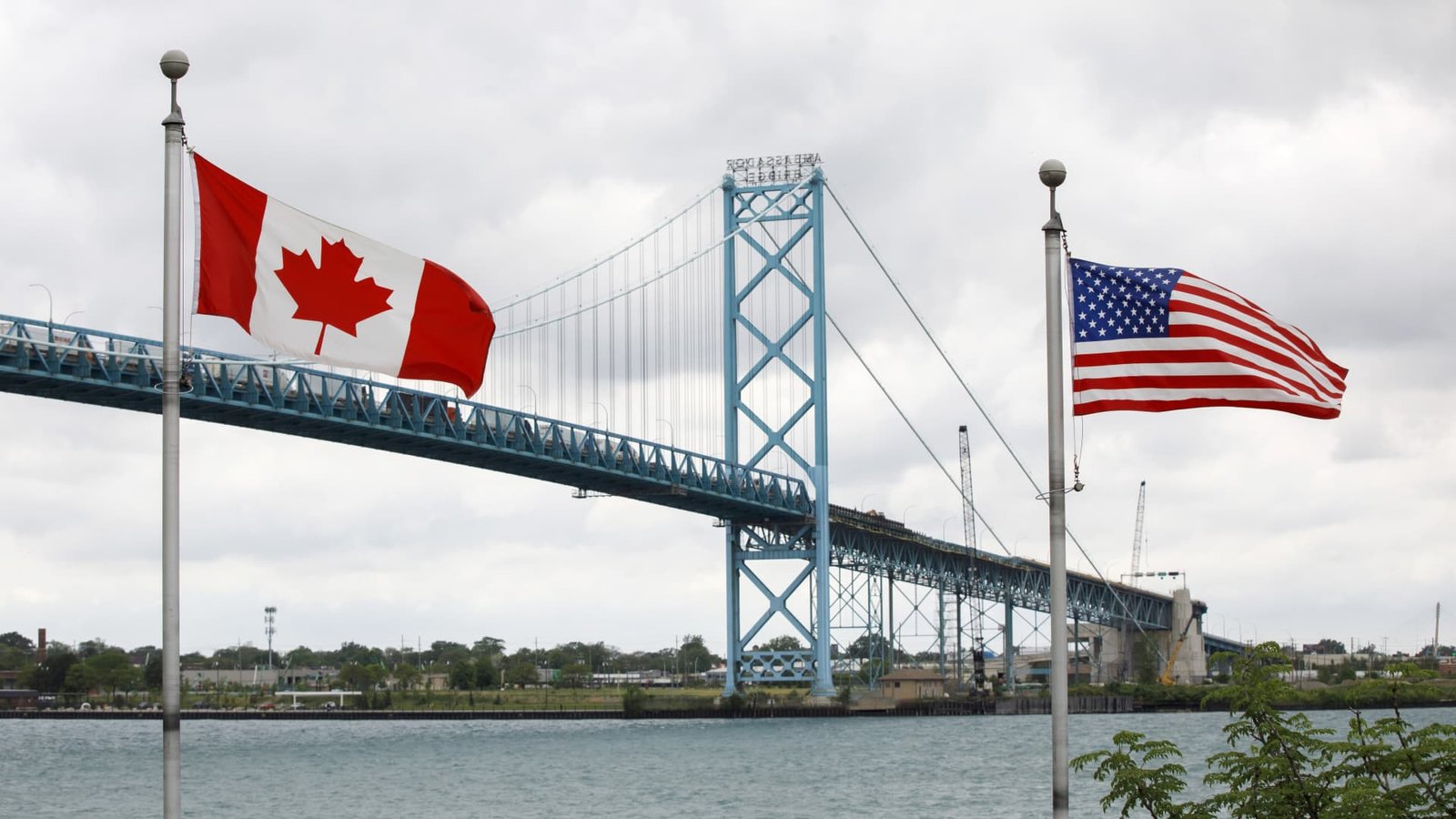In this article, there is a growing concern that President-elect Donald Trump’s proposal to impose 25% tariffs on Canadian imports could pose a significant threat to Canada’s recovering automotive industry. The potential tariffs on vehicles and automotive parts are particularly worrisome for Ontario, the heart of Canada’s auto industry, where five major automakers – Ford Motor, General Motors, Stellantis, Toyota Motor, and Honda Motor – manufactured 1.54 million light-duty vehicles last year, primarily for the U.S. market.
Ontario Premier Doug Ford expressed his apprehension, stating that such tariffs would not only harm Canadian jobs but also impact American employment. Tariffs are essentially taxes on imports, which companies may pass on to consumers, potentially leading to increased prices, reduced production, and job losses.
Ford emphasized the importance of the existing trade agreement and advocated for bilateral trade deals with the U.S. and Mexico. Trump’s plan to impose tariffs on goods from China, Canada, and Mexico, citing national security concerns, could result in additional costs ranging from $600 to $2,500 per vehicle for parts from these countries. This could lead to price hikes of $1,750 to $10,000 for vehicles assembled in Mexico and Canada, affecting a significant portion of vehicles sold in the U.S.
The potential tariffs and increased costs could further complicate matters for Canadian Prime Minister Justin Trudeau, who is already facing challenges. Ontario recently launched an ad campaign in the U.S. to highlight its role as a key trading partner. The province is a major trading partner for the U.S., with significant trade volumes that could be disrupted by tariff changes.
The Canadian automotive industry, which has been on the rise after facing challenges, is still recovering from the pandemic. Despite positive trends in production, uncertainties remain, especially with the transition to electric vehicles and potential policy changes. The industry is closely watching developments, including the impact of tariffs and trade relations between the U.S. and Canada.




